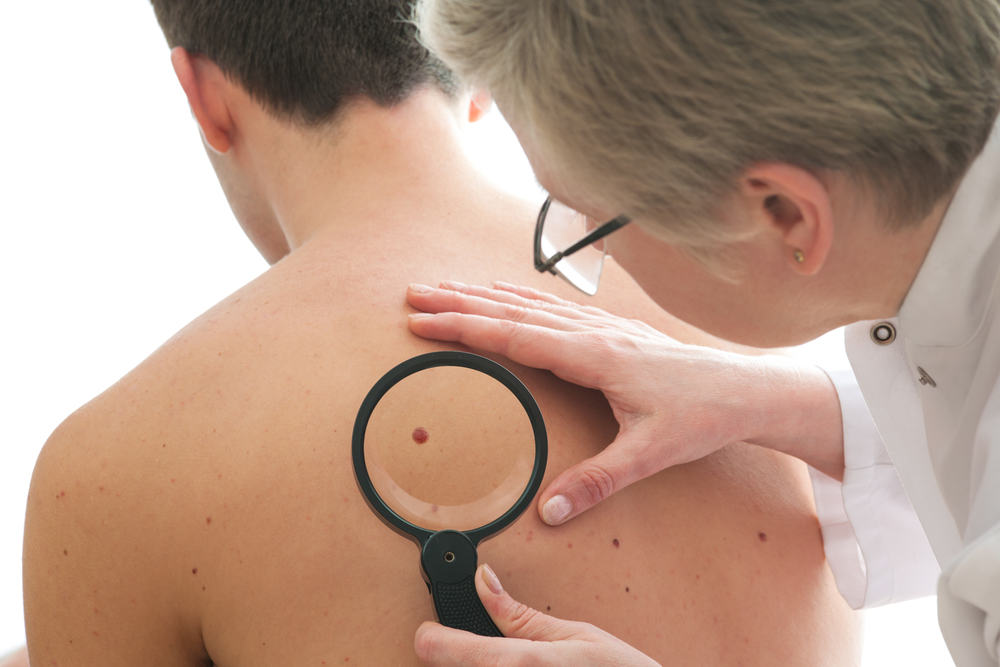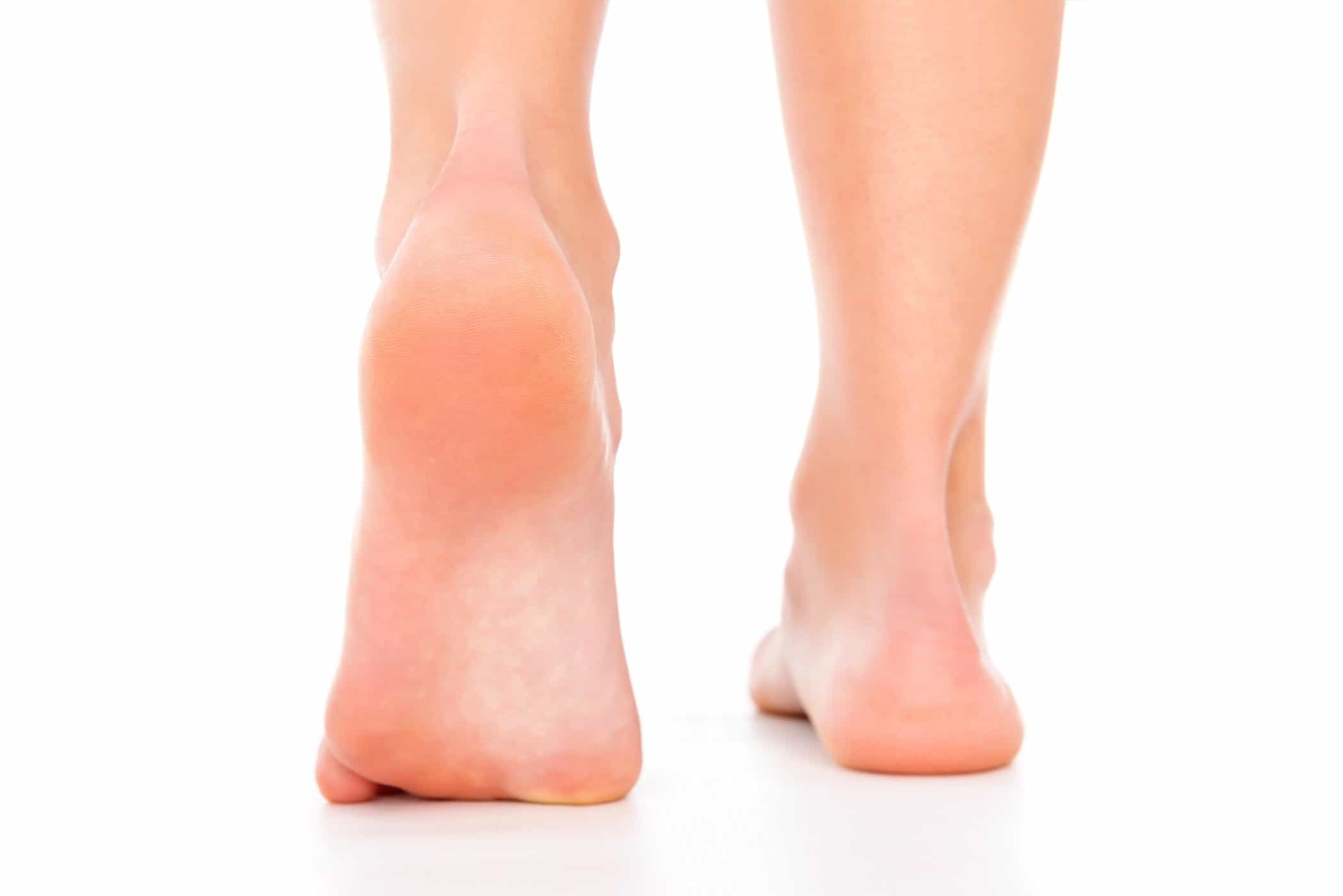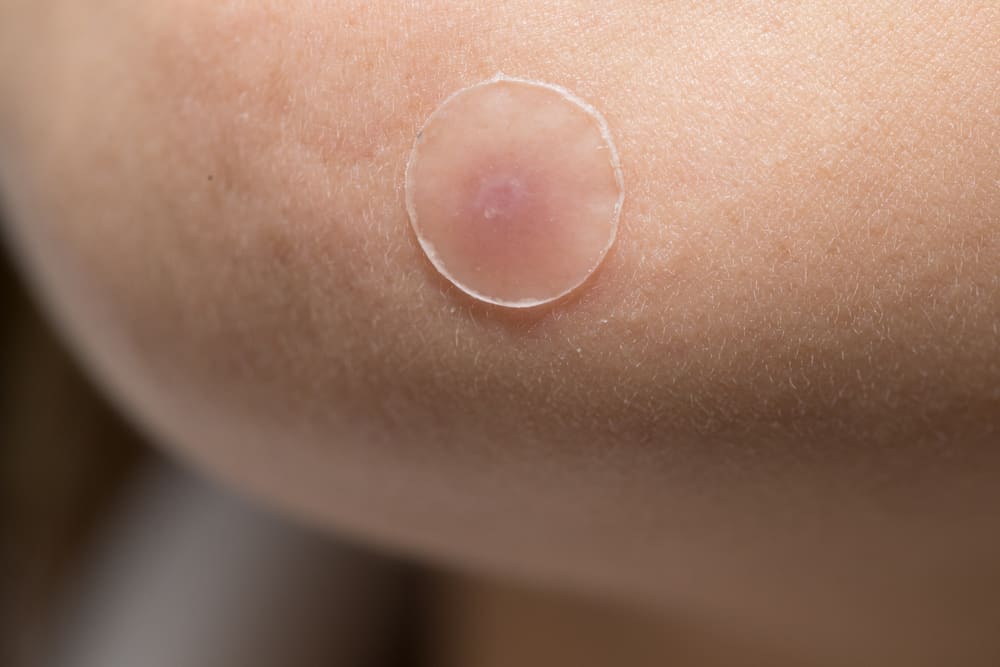Contents:
- Medical Video: The 4 Stages of Melanoma: The Deadliest Form of Skin Cancer - Mayo Clinic
- What is melasma?
- What is melanoma?
Medical Video: The 4 Stages of Melanoma: The Deadliest Form of Skin Cancer - Mayo Clinic
Melanoma and melasma are skin conditions experienced by most people. However, what do you understand about these two conditions? What is the difference between melasma and melanoma? See the explanation below.
What is melasma?
Melasma is a condition in which a portion of the skin area becomes darker than the surrounding skin. This is not dangerous. In the medical world, melasma is referred to as hyperpigmentation. Melasma usually appears on the face, especially on the forehead, cheeks and upper lip, and can appear on both sides of the face in an almost identical shape. Skin color can range from brown to dark brown. Dark skin caused by melasma will not swell and hurt.
Melasma is a skin condition that is more often experienced by women than men, and often associated with hormonal changes. That is why skin discoloration often occurs during pregnancy, when using hormone replacement therapy (HRT), or birth control pills.Skin pigmentation during pregnancy is a relatively common thing. Sometimes, this is called "pregnancy mask" or "chloasma." This skin condition usually lasts until the pregnancy ends and up to several months after birth.
The most important factor in the development of melasma is sun exposure. Using drugs that can make you sensitive to sunlight can increase your risk of getting melasma. These include certain cosmetics and medicines used to treat ovarian cancer or thyroid cancer. Protecting the skin from the sun is an important part of treating melasma. Pregnant women or adults who use hormone drugs and do not protect themselves from sun damage can get hyperpigmentation.
What is melanoma?
Melanoma is skin cancer. Melanoma affects skin cells called melanocytes. These cells are responsible for skin color and also provide black patches. Under normal conditions, moles are benign skin tumors. Sometimes, moles can turn into malignant tumors. New moles can also be malignant at an early stage.Melanoma is a condition that is rare but can be quite dangerous. Melanoma can easily spread to other body parts.
You have melanoma if a mole in your body is suspected of being a symptom of a malignant tumor because the following signs appear:
- Uneven shape - does not correspond to the remaining half.
- The skin is torn, jagged, faint or distant. Pigmentation can spread to the surrounding skin.
- Unique skin tone - uneven color, with a mixture of black, brown, or brownish, and maybe even white, gray, pink, red or blue.
- Change in size - usually protrudes and becomes deeper than 5 widths of 15 mm in diameter.
- Texture changes - can begin with small changes to the skin and become tumors in advanced stages.
- Bleeding - the skin can begin to itch or bleed under further conditions.
From the article above, you become more aware of the difference between melasma and melanoma. Melanoma is more dangerous than melasma. So, if you experience signs of risk associated with melanoma, immediately go to the doctor. Many people die of melanoma skin cancer.
Hello Health Group does not provide medical advice, diagnosis or treatment.












